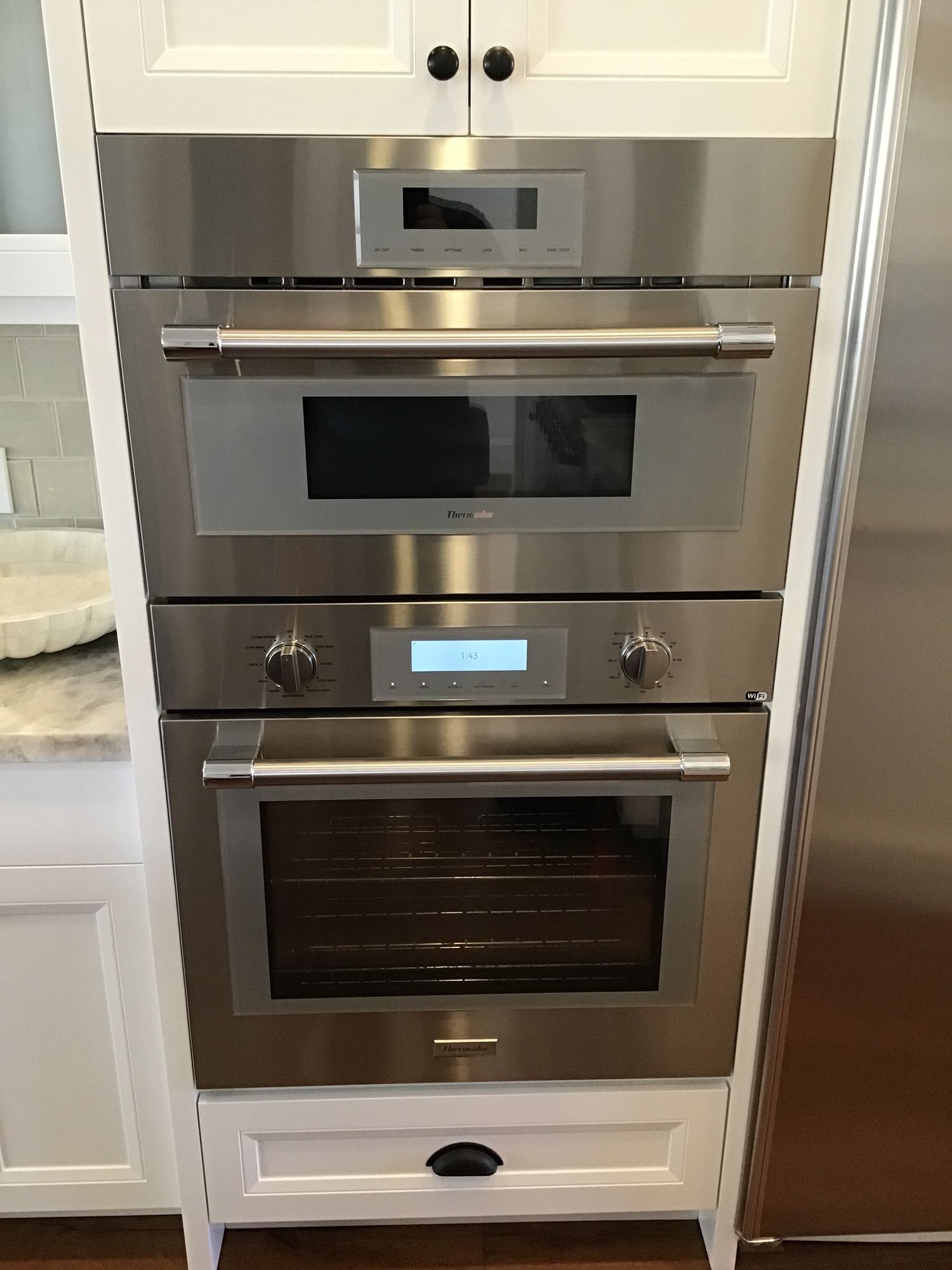An oven is one of the most commonly used appliances in any kitchen. It helps prepare everything from weeknight meals to holiday feasts. But when the glass on your oven door begins to fog up or show signs of moisture, it can be both annoying and concerning. Beyond aesthetics, it may signal that something inside your appliance isn’t functioning properly. Let’s take a closer look at why oven glass fogs up or collects moisture—and what you can do about it.
Understanding the Oven Door Design
Oven doors typically have multiple layers of glass. This isn’t just for insulation—although that’s a big part of it—but also for safety and efficiency. These glass panels are designed to trap heat inside while keeping the exterior cooler to the touch.
However, these layers can sometimes develop issues. If you notice fogging or moisture between the panes, it’s a sign that the seal has been compromised. Moisture shouldn’t be able to get between those layers under normal conditions.
Causes of Fogging or Moisture in Oven Glass
- Broken or Degraded Door Seal
The seal around your oven door is meant to keep hot air inside and moisture out of the glass cavity. Over time, heat exposure and wear-and-tear can degrade this seal. Once broken, steam from cooking can infiltrate the space between the glass panes. - Condensation from Cooking
Moisture-rich foods (like casseroles, roasts, or baking with water baths) create a lot of steam. Some of this steam may naturally condense on the cooler inner surface of the glass. This is normal if it’s just the inside surface and not between the panes. - Ventilation Issues
Most ovens have vents to allow steam and heat to escape in a controlled way. Blocked or malfunctioning vents can cause excess moisture to build up inside the oven—and by extension—on or between the glass. - Faulty Gasket or Hinges
If the door isn’t closing properly due to a worn gasket or damaged hinges, hot air escapes and cold air can enter. This creates a perfect condition for condensation to form between the panes. - Manufacturing Defects or Installation Flaws
In rare cases, poor-quality materials or factory defects can lead to long-term fogging issues, especially if the appliance was not installed correctly.
Is It Dangerous?
Typically, moisture inside your oven door glass is not a safety threat—but it is a sign that your appliance needs attention. A broken seal or ventilation problem can reduce cooking efficiency, increase energy use, and lead to uneven cooking results.
More importantly, persistent moisture can damage internal components over time, leading to expensive repairs if ignored.
How to Fix It
- DIY Cleaning? Not Recommended
While some DIY videos show how to take apart oven doors to clean between the glass, this isn’t usually advisable. Oven doors are sealed tightly for a reason, and tampering can damage the appliance further or void your warranty. - Call a Professional
A skilled appliance technician can:- Diagnose whether the seal, vent, or gasket is causing the issue.
- Reseal or replace the glass panel if needed.
- Ensure your oven is operating safely and efficiently.
Prevention Tips
- Wipe off excess moisture inside the oven after baking.
- Don’t use excessive water when cleaning around the door area.
- Have your oven serviced annually to ensure all parts are in good condition.
- If the door feels loose or isn’t closing tightly, don’t ignore it—get it checked.
Seeing fog or water inside your oven door glass is more than just a cosmetic issue—it’s a sign that something isn’t quite right. Whether it’s a broken seal, poor ventilation, or something more complex, it’s best to address it sooner than later. Don’t let a small issue turn into a major breakdown.
Call the experts at HOME APPLIANCE SERVICE CENTER today. Our certified technicians are trained to handle oven issues of all kinds—quickly, professionally, and affordably. Schedule your service now and keep your kitchen running smoothly.
Contact us
 619-928-5000
619-928-5000  Request Service
Request Service 
